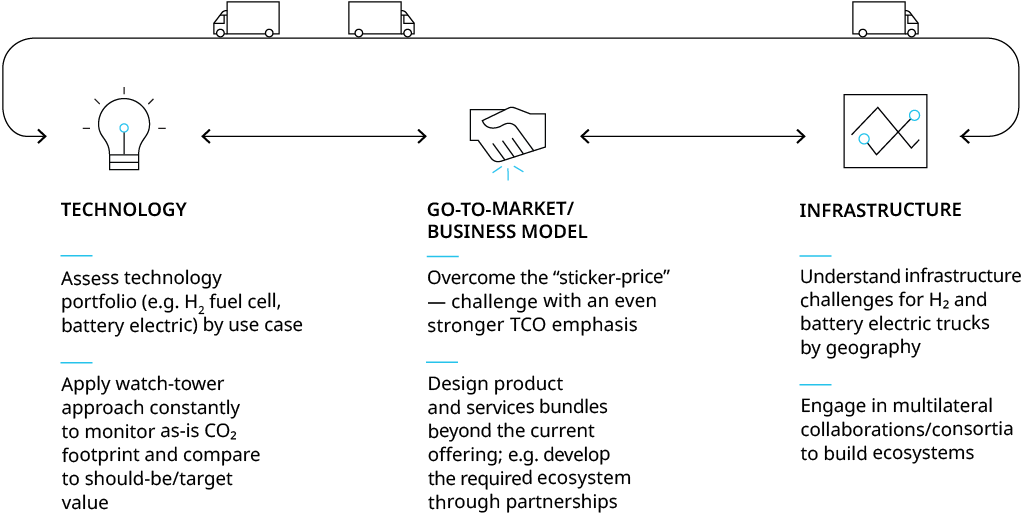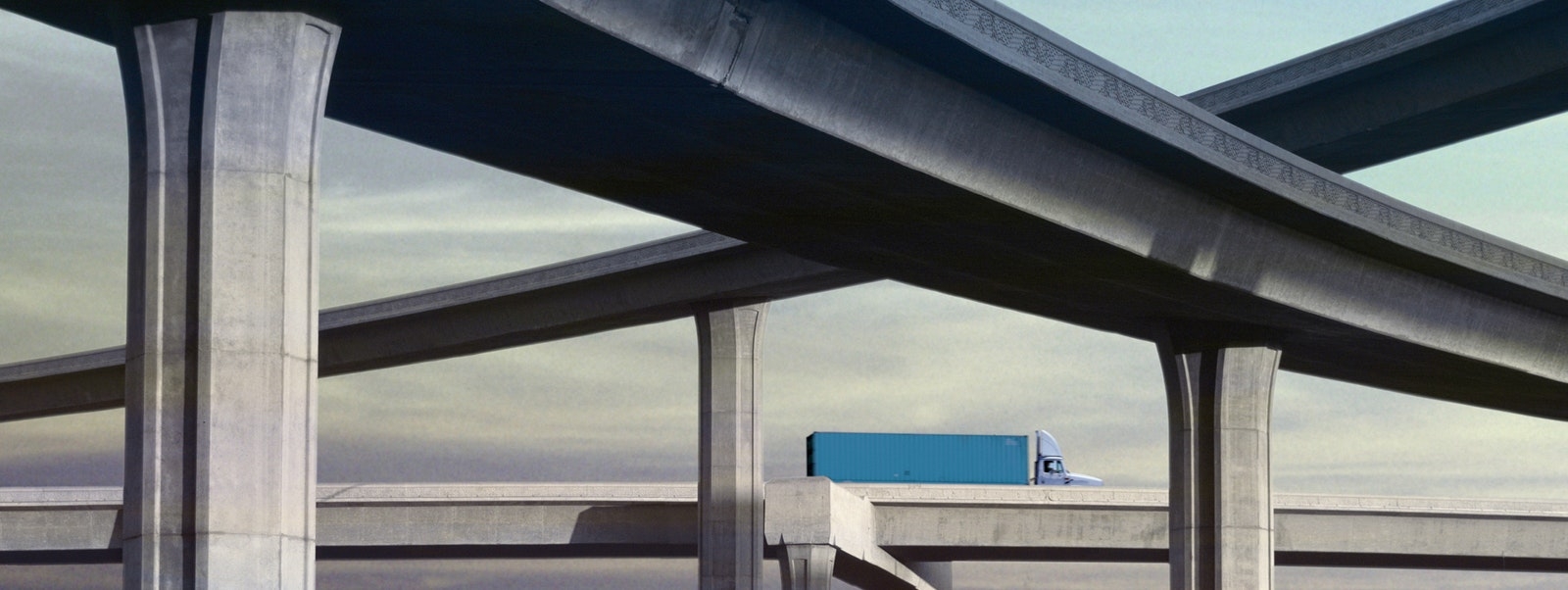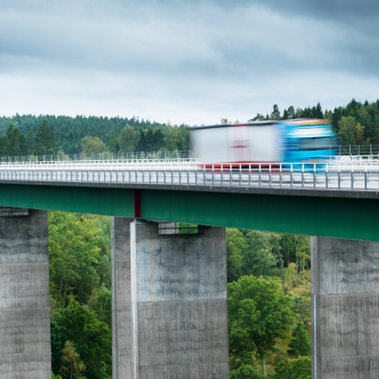The European trucking industry is responsible for the equivalent of around 50 million tons of CO2 emission every year — more than 5 percent of European greenhouse gas emissions. The European Commission acted by introducing regulations to curb these emissions. Against an industry baseline ultimately to be confirmed in April 2021, European truck original equipment manufacturers (OEMs) must now reduce their average fleet CO2 emissions by 15 percent by 2025 and 30 percent by 2030.
For European truck makers, non-compliance is not an option. With penalties set at €6,800 per gCO2 /km in 2030, the cost to truck makers could be more than €100,000 per truck sold if CO2 profiles remain at 2019 levels, equal on average to the revenue generated selling a truck. Failure to meet emission targets would not only result in reputational damage but would also devastate margins. Simultaneously, customers are seeking greener transportation options to support their own carbon-neutrality goals.
Meeting emission targets
Satisfying societal green expectations presents a huge challenge for truck OEMs. While existing technologies can help reach 2025 targets, a sizable share of zero emission vehicles (ZEVs) in the sales mix is necessary to ensure compliance with the 2030 targets and avoid penalties. Consequently, startups, automotive suppliers, and established truck OEMs are shifting gears to hasten the market readiness and commercialization of battery and fuel-cell electric trucks.
Incremental improvements in aerodynamics and engine generations, along with sales of trucks with natural-gas engines, will help reduce truck makers’ emissions. But even with progress in those improvement levers, OEMs would still have to ramp up ZEVs to 10-15 percent of their total sales to hit the 2030 target. This goes beyond test fleets and calls on OEMs to develop and industrialize a reliable solution.
In addition to technical development and cost competitiveness of ZEVs, market success requires OEMs to address business model challenges. Two of the most fundamental changes relate to infrastructure and the associated go-to-market model. (See Exhibit 1.)
Exhibit 1: Zero emission agenda for truck OEMs

Source: Oliver Wyman analysis
Infrastructure Challenge
Truck drivers are used to a dense, ubiquitous network of gas stations that allows fast refueling. In contrast, hydrogen stations and fast electric charging stations for trucks on highways are still in their infancy in Europe. Even if a pan-continental density of recharging or refueling infrastructure akin to gas stations is not replicated, recent European Automobile Manufacturers’ Association (ACEA) estimates suggest a need for more than 40,000 direct current (DC) fast chargers, 250,000 DC slow chargers (including at depots), and over 500 hydrogen stations for trucks by 2030. Meeting those needs is critical to ensuring that the zero emission trucks are not limited to specific niche applications.
Consequently, OEMs must decide whether to rely on governmental plans or third-party players (such as energy or oil companies) to build this infrastructure or whether to take a more proactive role, potentially through multilateral cooperations. In case OEMs decide to play an active role to drive the build-out of crucial infrastructure, consortia with infrastructure players will become of increased importance, where the offer will be a complete ecosystem centered around the customer requirements. To make this a success, OEMs will have to develop the necessary partnering, selling, servicing, and operating capabilities.
Go-to-Market Challenge
The second challenge for OEMs concerns the go-to-market model for alternative powertrains. Battery and fuel-cell electric powertrains may be less costly to run than conventional trucks, but the up-front investment is much higher, compared to conventional trucks. Thus, truck manufacturers will have to decide on what and how to sell to customers, be it in terms of pricing, bundling sales together with services, or offering the infrastructure elements described above.
Given the higher initial purchase price of zero emission trucks, the need is even greater for leveraging and communicating a total cost of ownership (TCO) logic to end customers, including residual value guarantees to mitigate technology uncertainties. This requires OEMs to move toward a comprehensive asset lifecycle approach, taking greater ownership over a vehicle´s value over its lifetime. This could entail potentially combining the vehicle and fuels offers and providing an integrated price per kilometer to the end customers. In addition, OEMs need to enable their salesforce and partners to sell these combined offers effectively. In the new, zero-emission world, salespersons not only need to be able to sell a more expensive, difficult-to-explain technology and sophisticated offer bundle, but they also be able to consult the customer regarding specific use cases and required infrastructure.
Going Green - More Than A Technical Challenge
The challenge for OEMs is multifaceted. On the technical side, they need to assess their technology portfolio and roadmap in terms of readiness and of meeting time, cost, and quality targets. Based on this, they need to monitor their exposure and the countermeasures in place to ensure compliance. A watchtower approach that looks at the current status, but also forecasts the future state, can help govern the process.
On the commercial front, truck OEMs need to reinvent their business model and go-to-market approach to profit from their zero-emission offering. Given the order of magnitude of change, manufacturers must begin developing the necessary skills now.
By managing the technical and the commercial challenges in parallel, OEMs can raise their odds of adapting to and thriving in the transition to zero emission trucks.








